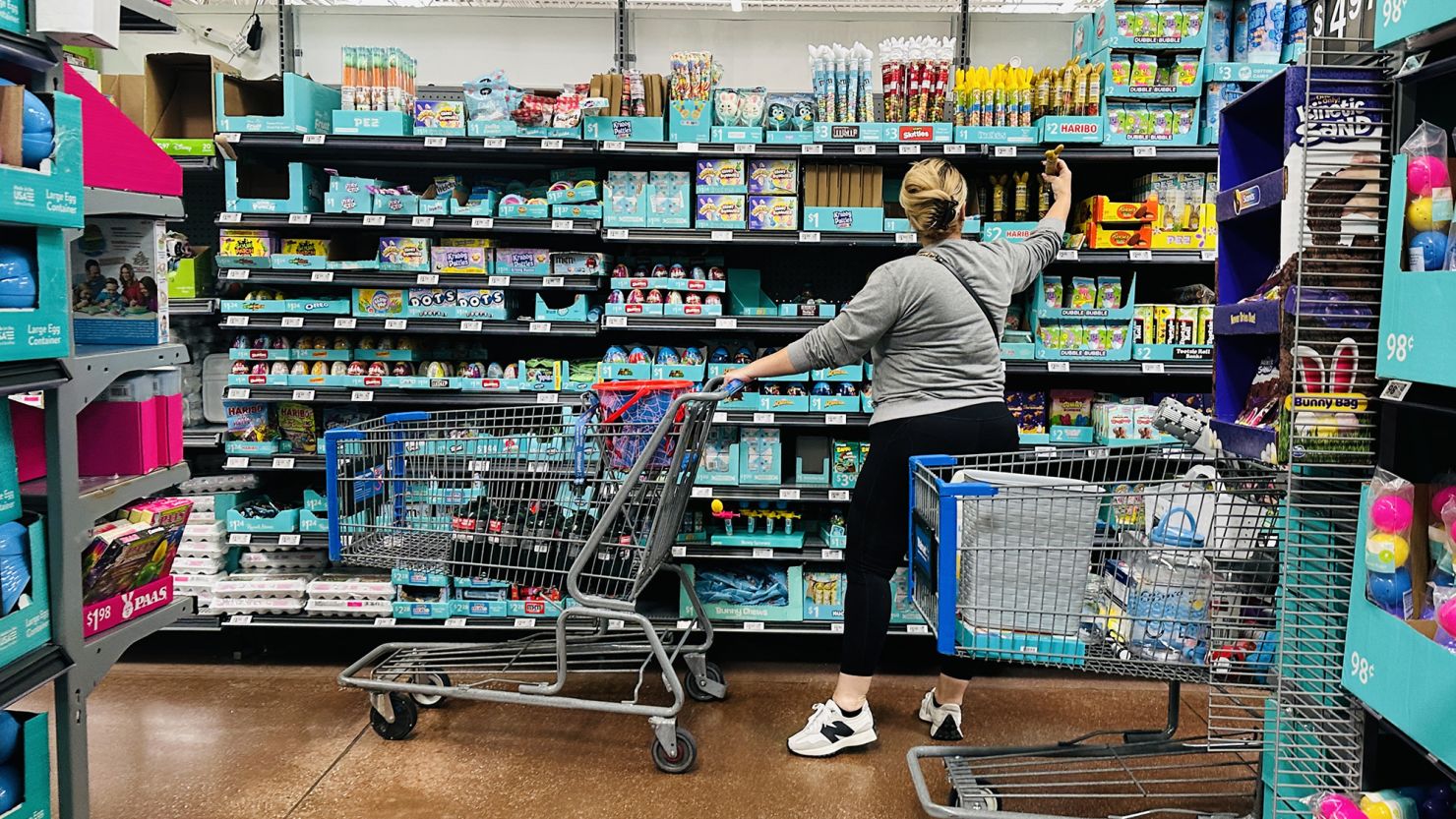[U.S. COVID-19 Response]
Jha castigated the U.S.’s “half-hearted” approach to the pandemic, stating one approach must be deployed effectively. “You don’t have to be a wealthy country to do well,” he said. “Take the virus seriously and let biology and math drive the decision making.”
Photo: Ethnic Media Services
Dr. Tung Nguyen, Dr. Nirav Shah, and Dr. Ashish Jha, recently discussed why the U.S. isn’t doing well in managing COVID-19 at an event organized by the Ethnic Media Services.
The U.S., which has both the largest number of infections and deaths from COVID-19, is lagging far behind other countries which have far fewer resources, concluded three eminent physicians and global health experts speaking at news briefing for the nation’s ethnic press.
Speakers at the briefing, organized by Ethnic Media Services, included Dr. Ashish Jha, Director of the Harvard Global Health Institute, Dr. Tung Nguyen, professor of medicine at the University of California, San Francisco, and Dr. Nirav Shah, senior scholar at Stanford University’s Clinical Excellence Research Center.
The U.S. leads the world in both COVID infections and mortality rates. 5.3 million U.S. residents have been infected, while more than 167,000 have died. Nguyen said the number of new infections had jumped by a staggering 66 percent over the past five weeks.
“America may have the worst response of any country in the world to this pandemic,” said Jha, noting that there is an incredible amount of misinformation spread through social media and a lack of leadership.
“We’ve had leadership both at the federal level and at many state levels that have largely adhered to that misinformation and promoted that misinformation. They have failed to take science as the primary guiding principle,” he stated.
“This is almost all about biology and math and if you decide you’re going to ignore both the biology and the math of this virus, it is unlikely that you’ll end up doing very well and that’s what we have seen pretty consistently,” said Jha.
He dismissed notions that authoritarian countries do better, citing Russia and Brazil, which are pandemic hot-spots.
Jha discussed why some East Asian countries have been effective in controlling the spread. Vietnam, which has had just a handful of deaths, took on the virus early, banning travel to and from China, and instituting a very aggressive contact tracing regime. South Korea has relied heavily on testing, while New Zealand has been aggressive with lock-downs. Japan has not done a lot of testing, but has had universal masking.
Jha castigated the U.S.’s “half-hearted” approach to the pandemic, stating one approach must be deployed effectively. “You don’t have to be a wealthy country to do well,” he said. “Take the virus seriously and let biology and math drive the decision making.”
Shah, who also serves on the Health and Human Services Secretary’s Advisory Committee on National Health Promotion and Disease Prevention Objectives for 2030, said the U.S. is making a false choice between lives and livelihoods. “You can have both,” he said.
Shah discussed early warning systems — smart thermometers that allowed for home testing with results immediately delivered to a database via the Internet to determine COVID hot-spots. He advocated for broad and efficient testing, noting that, currently, U.S. residents must wait for at least five days for COVID test results to come back, at which point they are inefficient. Low-cost rapid antigen tests could deliver results in about 15 minutes, he said.
The U.S. must also become more effective in quarantine, said Shah, noting that some countries remove infected people from their families and put them up in hotel rooms to control spread in tightly-packed families.
Data reporting must become more effective, said Shah, noting the U.S. is doing a “horrible” job of daily reporting infection and mortality rates. In late July, hospitals were told to use a new platform for reporting data, administered by HHS. The old platform was administered by the Centers for Disease Control.
The new system has been plagued with inaccuracies. “We really need to start to think about a fundamentally different approach to this that protects privacy and still allows for public health to do its work,” said Shah.
About 169 treatments and 39 vaccines are currently in the pipeline, but neither therapies nor a vaccine will be available on the marketplace until at least the summer of 2021, said Shah.
“I’m not going to be getting on a flight to Russia and rolling up my sleeve for their vaccine,” said Shah. Russia announced Aug. 11 that it had developed the world’s first COVID vaccine at the Gamaleya Research Institute of Epidemiology and Microbiology in Moscow. Critics of the vaccine noted it has only been tested on 76 people.
A number of studies are looking at the re-purposing of the BCG vaccine, which is widely used in India and other Asian countries as a prevention against tuberculosis.
Shah suggested that vaccines need to be tested on at least 30,000 people before determining efficacy.
Nguyen, the founder of the Asian American Research Center on Health, discussed the findings of a new study released by the CDC Aug. 14: “Mental Health, Substance Use, and Suicidal Ideation During the COVID-19 Pandemic.” The study found that 40 percent of the 5,000 people surveyed said they had experienced mental health issues during the pandemic. Almost 11 percent had considered suicide.
Young people between the ages of 18 to 24 reported alarming rates of mental health issues and self harm. 75 percent of young people surveyed reported experiencing some form of mental health disorder during the pandemic. An alarming 25 percent had thought of suicide.
22 percent of essential workers and 30 percent of unpaid caregivers had considered suicide, according to the report.
Nguyen said that the mental health epidemic will worsen in the coming months. “I’m now viewing the COVID-19 pandemic as being more than about a single disease caused by a single virus.”
“We are witnessing the beginning of associate epidemics, such as mental illness, bad outcomes in many other diseases, and a terrible change in the social determinants of health such as income, employment, and housing,” he said.
By SUNITA SOHRABJI/EMS Contributing Editor Ethnic Media Services







